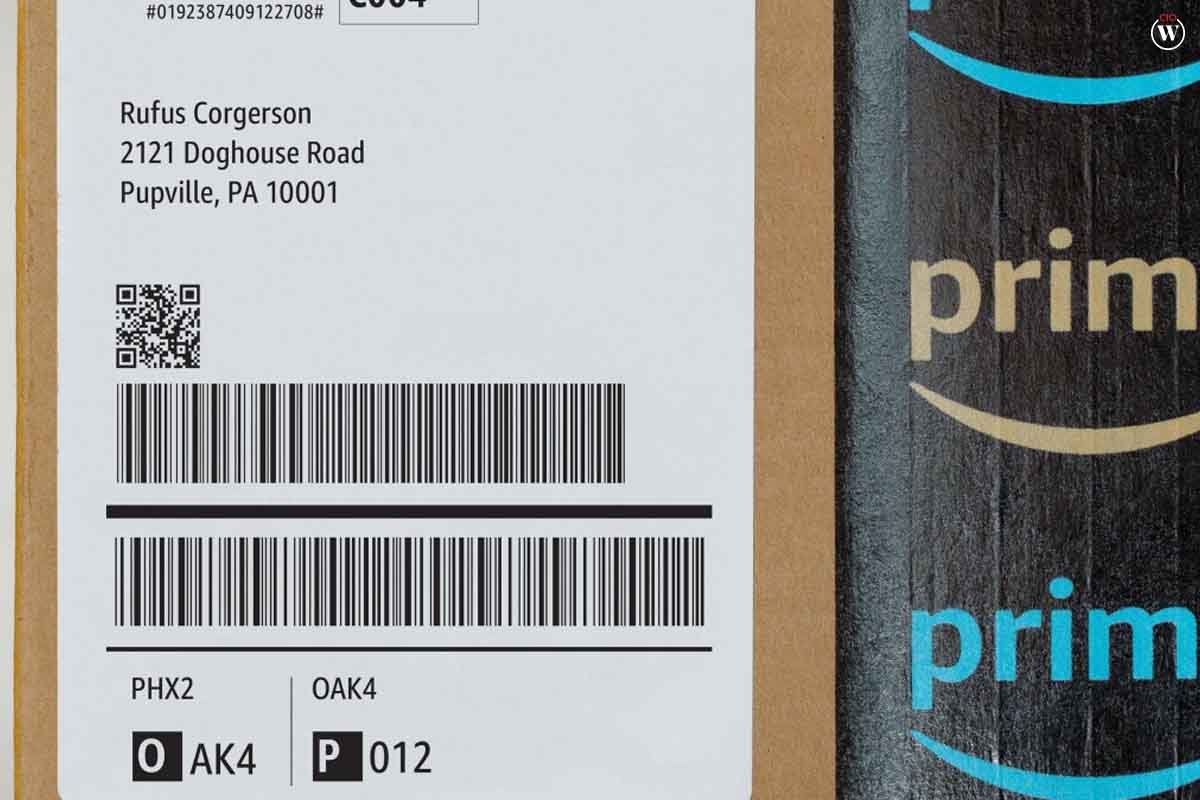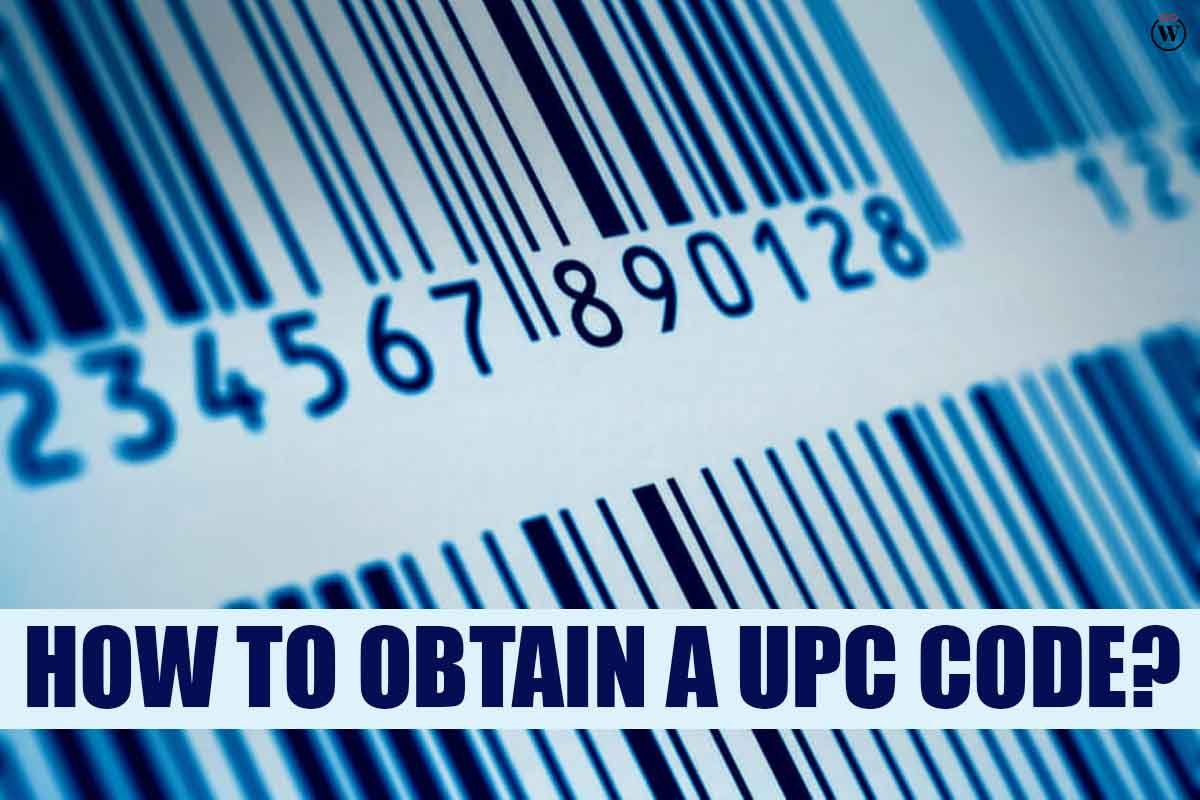If you’re looking to sell products in retail stores or online marketplaces like Amazon, you’ll need to Obtain UPC Code. A UPC code (Universal Product Code) is a unique identifier for your product that allows it to be tracked in inventory and sales systems. In this article, we’ll walk you through the process to Obtain UPC Codes for your products.
Here is how to obtain UPC Code;
1. Determine Your UPC Needs
Before you start the process to Obtain UPC Code, you need to determine how many codes you need. Each product variation (such as color or size) requires its own unique UPC code. So, if you have a t-shirt that comes in five different colors and three different sizes, you’ll need 15 unique UPC codes.
2. Choose a GS1-Certified UPC Provider
The GS1 is the international organization that sets standards for Obtain UPC Codes. To obtain a legitimate UPC code, you’ll need to work with a GS1-certified UPC provider. There are many companies that sell UPC codes, but not all of them are GS1-certified.

The GS1 website has a list of authorized UPC providers that you can choose from. Keep in mind that the cost of obtaining a UPC code varies depending on the provider you choose.
3. Apply for a GS1 Company Prefix
Before you can obtain individual UPC codes for your products, you need to apply for a GS1 Company Prefix. This is a unique identifier that’s assigned to your company and is used to create all of your UPC codes. The prefix is typically six digits long, but it can be longer if your company is larger.
To apply for a GS1 Company Prefix, you’ll need to provide information about your company, such as your business name, address, and tax ID number. You’ll also need to pay an initial fee to become a GS1 member.
4. Create Your Product Codes
Once you have your GS1 Company Prefix, you can start creating your individual UPC codes for each product. To do this, you’ll need to use a UPC generator tool, which is typically provided by your UPC provider.
When creating your product codes, you’ll need to include the following information:
5. Your GS1 Company Prefix
The item reference number (this is a unique number you create to identify your product)
A check digit (this is automatically generated by the UPC generator tool)
Once you’ve created your product codes, you’ll need to test them to make sure they’re working properly. You can do this by using a barcode scanner to scan the code and see if it registers correctly.
6. Register Your Products
Once you Obtain UPC Codes, you’ll need to register them with the appropriate organizations. If you plan to sell your products in retail stores, you’ll need to register them with the GS1. If you plan to sell your products on Amazon, you’ll need to register them with Amazon.
To register your products with the GS1, you’ll need to provide information about your product, such as its name, description, and packaging dimensions. You’ll also need to pay a registration fee for each product.

To register your products with Amazon, you can use the Amazon Seller Central portal. You’ll need to provide information about your product, such as its UPC code, description, and images. You’ll also need to set a price for your product and specify your shipping options.
7. Maintain Your UPC Codes
Once you’ve obtained your UPC codes and registered your products, you’ll need to maintain your codes to ensure they remain valid. This includes updating your product information as needed, such as if you change the packaging dimensions or if you add a new variation of your product.
You’ll also need to ensure that your product codes are used correctly. This means ensuring that the code is printed clearly and legibly on your product packaging and that it’s scanned correctly at the point of sale.
It’s also important to note that UPC codes have a limited lifespan. The GS1 requires that you renew your Company Prefix every year to ensure that it’s still valid. This means that you’ll need to pay an annual fee to maintain your UPC codes.
ALTERNATIVE OPTIONS
While Obtain UPC Code which is GS1-certified is the most reliable and widely accepted option, there are alternative options available. Here are a few options to consider:
1. Resell UPC Codes
There are companies that sell UPC codes that have already been assigned to a company’s prefix. These codes are often cheaper than obtaining a GS1-certified code, but they come with risks. The code may already be assigned to another product or may be invalid, which could cause issues down the line.
2. Use Amazon Barcode

If you plan to sell your products exclusively on Amazon, you can use Amazon Barcode. This is a unique identifier that’s generated by Amazon and can be used in place of a UPC code. While this option is convenient, it limits your ability to sell your products in retail stores or on other online marketplaces.
3. Use EAN Codes
EAN (European Article Number) codes are similar to UPC codes, but they’re primarily used in Europe. If you plan to sell your products in Europe, you may want to consider obtaining EAN codes instead of UPC codes.
BOTTOM LINE
Obtain UPC Code is an essential step for selling products in retail stores and online marketplaces like Amazon. By following the steps outlined in this article, you can obtain a legitimate UPC code that will allow your products to be tracked and sold effectively.
Remember, it’s important to work with a GS1-certified UPC provider and to maintain your codes to ensure that they remain valid. While there are alternative options available, a GS1-certified UPC code is the most widely accepted and reliable option for selling products









